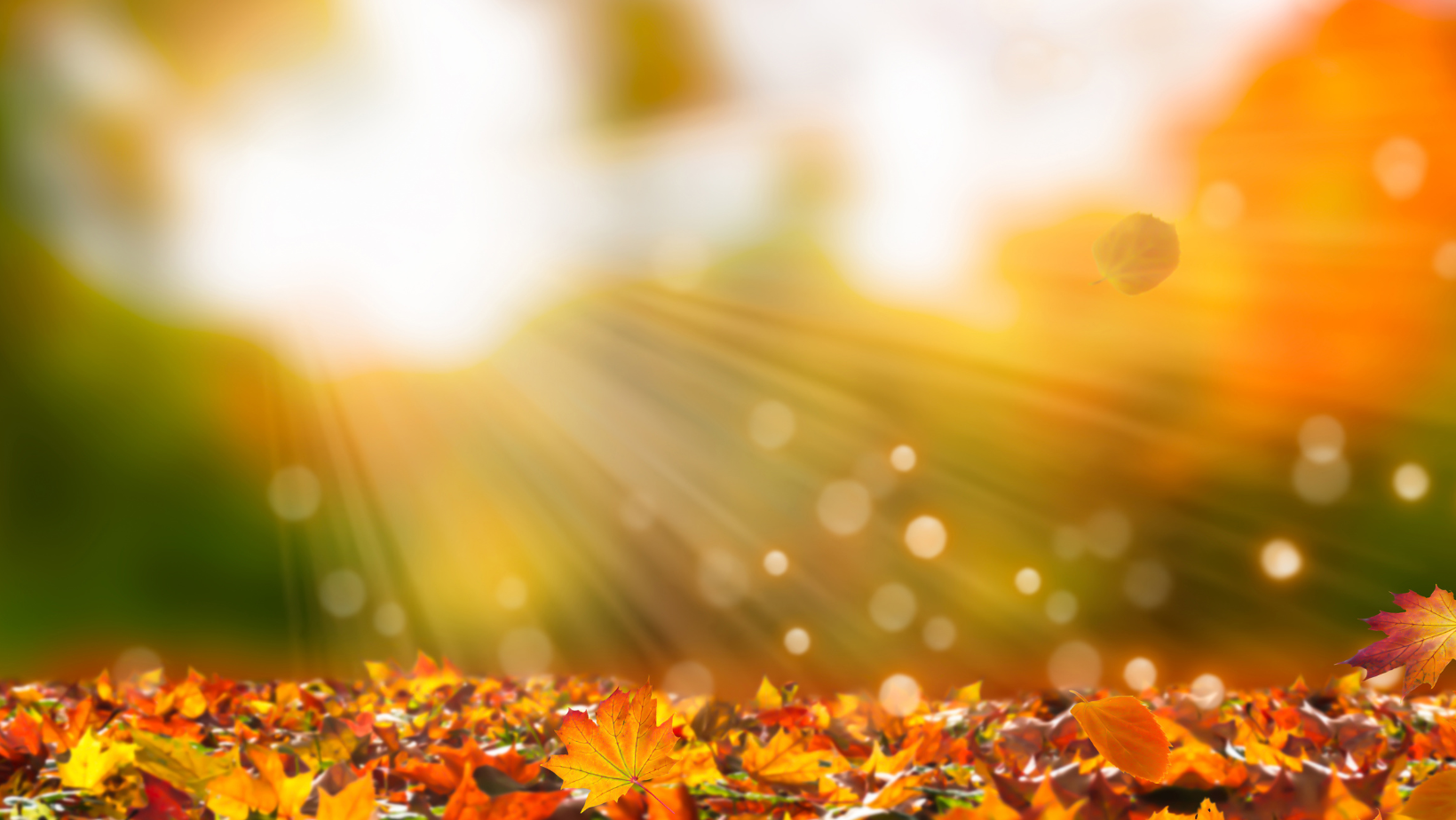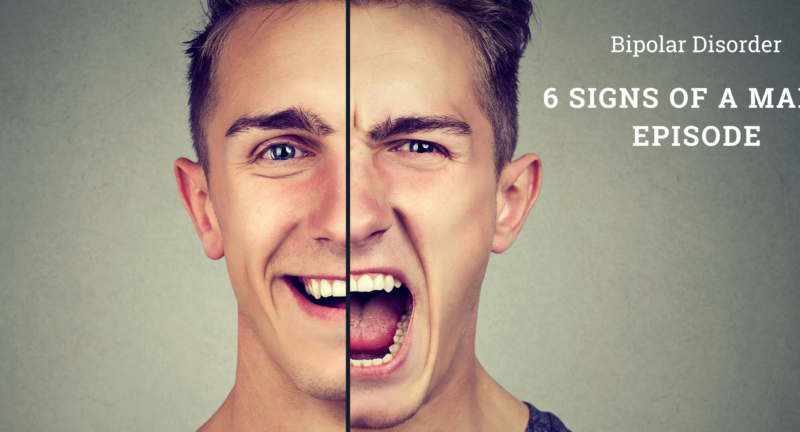
Fall-ing for Hypomania: The Bipolar Seasonal Twist
The Excitement of Fall
Ah, fall. That magical time of year when the world transforms into a tapestry of golden hues, and the temperature takes a gentle nosedive. For many of us, with or without Bipolar Disorder, it’s the season of rejuvenation. Out go the unforgiving swimsuits, which reminded us just how un-summer-ready our “summer bodies” were, and in come the forgiving yoga pants – the stretchy saviors of our self-esteem!
And let’s not even talk about the pumpkin spice lattes. By November, the blood type of many of us becomes pumpkin spice. Too many slices of pumpkin pie? No judgment here.
However, amidst the laughter and oversized sweaters, there’s a more serious shift that can occur. While most of us feel a heartwarming, cozy kind of good, some may begin to feel an unnatural, over-the-top, “is my coffee spiked?” kind of euphoria.
This isn’t your everyday “I-love-fall” feeling. For individuals with bipolar disorder, the transition into autumn can sometimes usher in a state known as hypomania.
What Is Hypomania?
Hypomania is characterized by an elevated mood, increased energy, and activity levels that are distinctly different from a person’s typical behavior. It might sound great, feeling supercharged and euphoric, but it often comes with a slew of problems like reduced need for sleep, talkativeness, racing thoughts, and sometimes even engaging in risky behaviors.
While not as severe as full-blown mania, hypomania isn’t a pumpkin walk in the park.

When to Seek Help for Hypomania
Related Posts
What Is a Manic Episode?
Bipolar disorder affects 4.4% of all adults at some point throughout their life,...
Bipolar Disorder and Depression: What You Need to Know
Nearly 6 million Americans are impacted by bipolar disorder every year. In terms...


